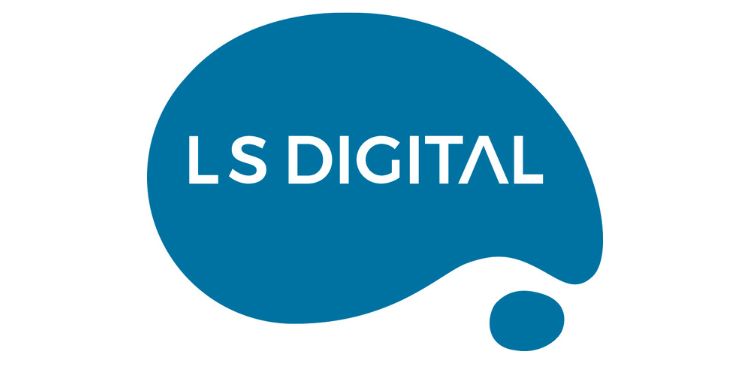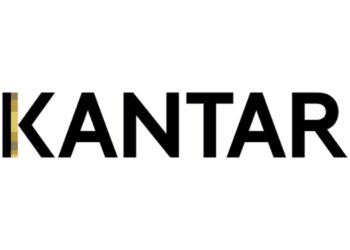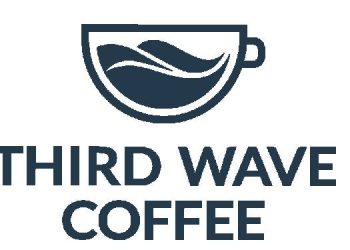According to an LS Digital report on “The Evolving Consumer Buying Behaviour Post-Pandemic”, India stands third place globally for the online shopper base and had around 140 million e-retail shoppers in 2020.
In the fiscal year ending March 2021, the market saw a drop in the overall retail market size, but the e-retail market continued to grow. All the data and research insights point to the vast potential of this industry and the growth opportunities it opens up.
The report states, “The Indian retail market is among the top five in the world and one of the fastest growing, with reports suggesting that it will grow to $1 trillion by 2025. This opens up multiple opportunities for businesses across the globe to scale up and grow their presence in India. Considering the diversity of the Indian market, consumers across different geographies tend to behave differently when it comes to shopping. For a business to succeed in this market, it needs to be aware of the preferences of different types of consumers and have solutions that cater to varying consumer needs.”
According to the report, horizontal marketplaces are the most visited platforms online with 30% of the respondents visiting once in 15-days to once a month being 42 pc. Nearly 40 pc respondents have never visited a DTC site and 20 pc have never visited vertical marketplaces. A shopper prefers going to an offline store over DTC sites for research while 85 pc prefer horizontal marketplaces for research. While vertical marketplaces are fast gaining popularity, they still don’t seem to be the most preferred shopping destination for consumers when it comes to making the final purchase. Horizontal marketplaces allow online shoppers to browse through a wide range of products across categories on a single platform, allowing them to store personal and banking details on a single platform while enjoying the freedom to shop conveniently.
Purchase Behaviour Across Categories
- A deep-dive into shopping behaviour across different categories, such as Furniture, Essential Goods, Fashion, Beauty, and Electronics found the following:
- In the Fashion category, around 71 pc of buyers prefer to buy fashion products offline while 78 pc make these purchases from vertical marketplaces. Horizontal marketplaces are close at 74 pc users making purchases from this platform.
- 52 pc of users below the age of 25 are seen to be more likely to purchase fashion items online.
- In the Essential Items category like Groceries and Vegetables, 86 pc respondents mostly opt for offline stores to fulfil their grocery needs.
- Vertical marketplaces are picking up, gaining the confidence of 64 pc of buyers to trust them for their daily essentials needs.
- As per the report, a large number of respondents said they don’t trust online platforms for product freshness. 31 pc women over the age of 45 are more likely to buy groceries online.
- As per findings of a survey done by YouGov, it’s a relationship-based business for offline stores that ensures quick delivery to the customer even for smaller value items. However, vertical marketplaces like BigBasket and BlinkIt (formerly Grofers) manage to take a big chunk of the market share, with 64% of buyers shopping from these platforms.
- In the Beauty & Personal Care Products category, Vertical marketplaces offer a wide variety of beauty labels making it easy for buyers to research and buy their favourite products.
- 72 pc of shoppers prefer vertical marketplaces for personal care products. Around 69 pc of buyers mentioned that most of the time, they prefer offline stores to buy beauty products. 36 pc do not prefer to buy these products from DTC sites.
- Creating an omnichannel experience through the use of AI (Artificial Intelligence), Machine Learning (ML), and Virtual Reality (VR) will pave the way for brands to garner a significant market share.
- In the Electronics & Gadgets category, Retail shop owners still seem to be confident of the shoppers flocking to their stores for making expensive electronics purchases. However, according to a survey report, brands cannot ignore the presence and visibility of horizontal marketplaces.
- 83 pc of shoppers are inclined towards horizontal marketplaces for buying electronics. 62 pc do not consider DTC sites for such purchases. 41 pc women are more likely to buy electronics from horizontal and vertical marketplaces.
- Buying furniture is usually a very personal and complex decision, often involving more than 1 family member. While offline stores clearly take the lead here, online stores are not completely ignored.
- In the Furniture category, around 65 pc shoppers are drawn to offline stores for purchasing furniture. Only 34 pc of users prefer marketplaces (horizontal and vertical) for such purchases.
Key Driving Factors for Making a Purchase
- Shopping behaviour changes significantly across categories, certain patterns can guide brands to elevate the customer experience. Price still appears to be the most important factor in decision making. Genuine reviews guide consumers to make the right decision. A seamless return policy seems another must-have for consumers to trust and buy the product. Easy returns are even more important than the delivery speed. When it comes to price sensitivity, it is observed that 28 pc users above the age of 45 years are the least price-sensitive while 88 of male users are more price-sensitive compared to female users.
- Consumers need assurance that they are buying the right product at the right price. Price, reviews, and return policy help bridge the gap between researching and clicking that “Buy” button.

















